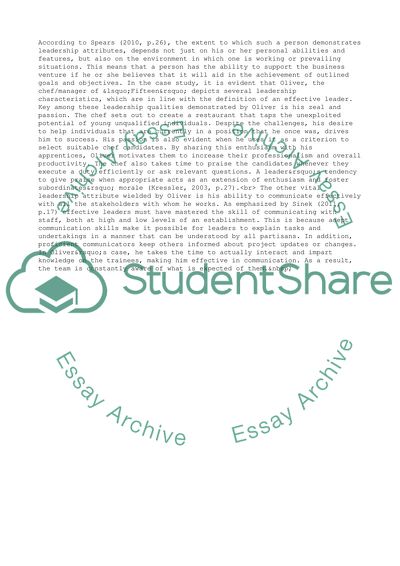Cite this document
(The Leadership Style of Jamie Oliver Assignment, n.d.)
The Leadership Style of Jamie Oliver Assignment. Retrieved from https://studentshare.org/management/1648455-working-with-and-leading-people
The Leadership Style of Jamie Oliver Assignment. Retrieved from https://studentshare.org/management/1648455-working-with-and-leading-people
(The Leadership Style of Jamie Oliver Assignment)
The Leadership Style of Jamie Oliver Assignment. https://studentshare.org/management/1648455-working-with-and-leading-people.
The Leadership Style of Jamie Oliver Assignment. https://studentshare.org/management/1648455-working-with-and-leading-people.
“The Leadership Style of Jamie Oliver Assignment”, n.d. https://studentshare.org/management/1648455-working-with-and-leading-people.


